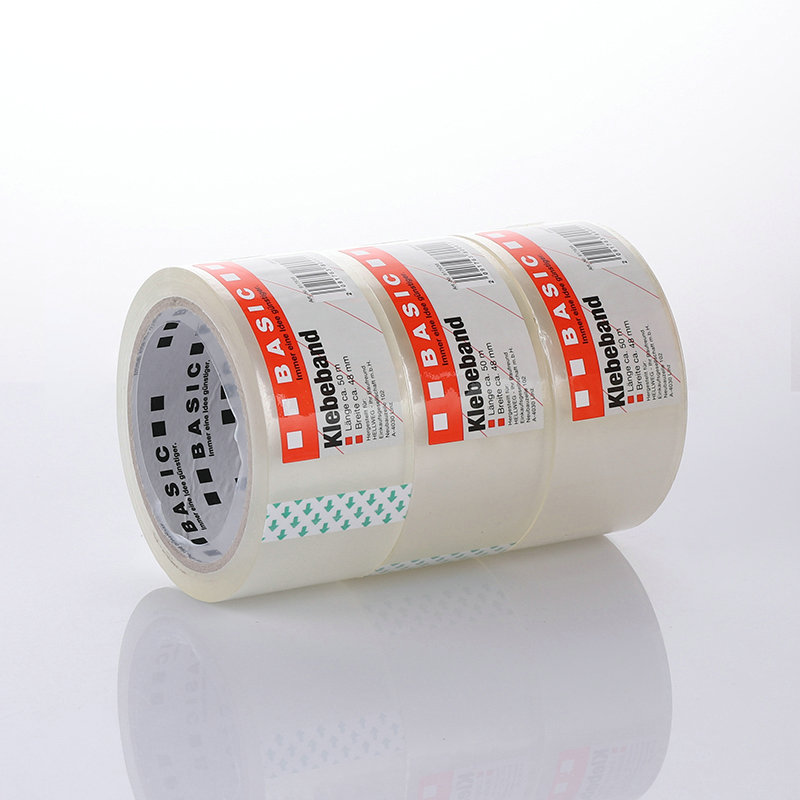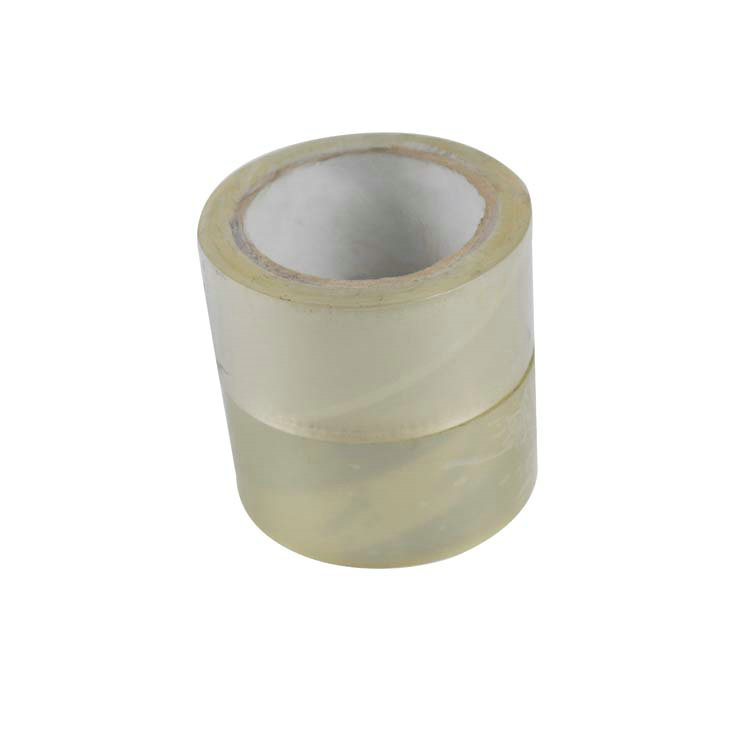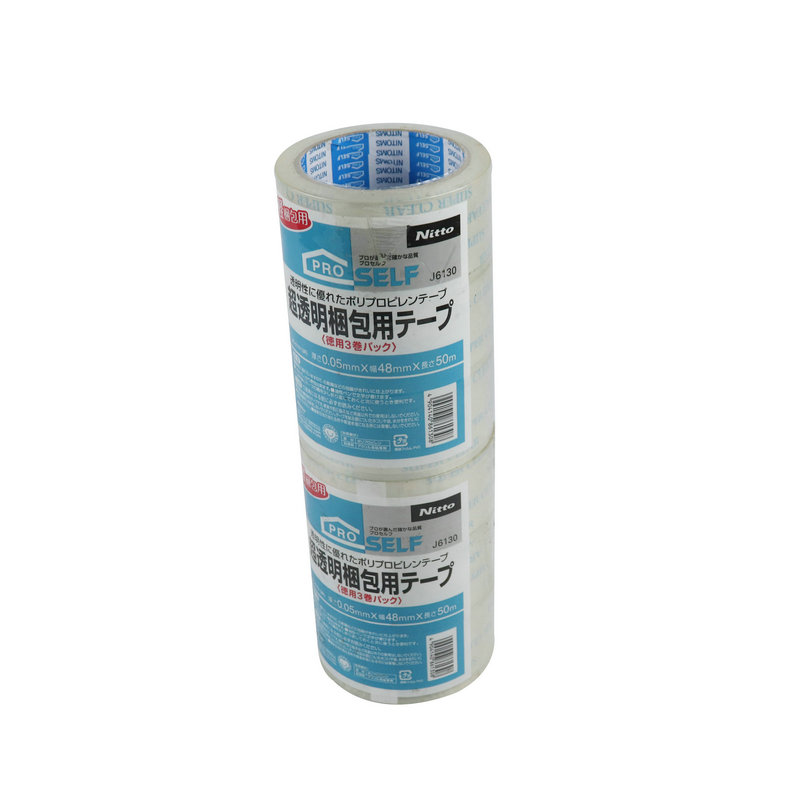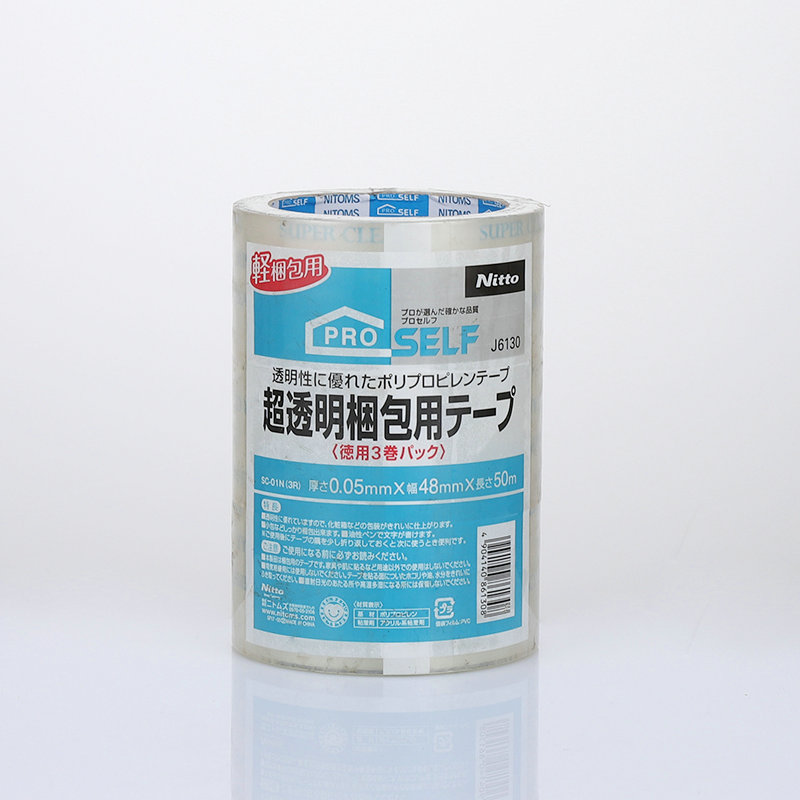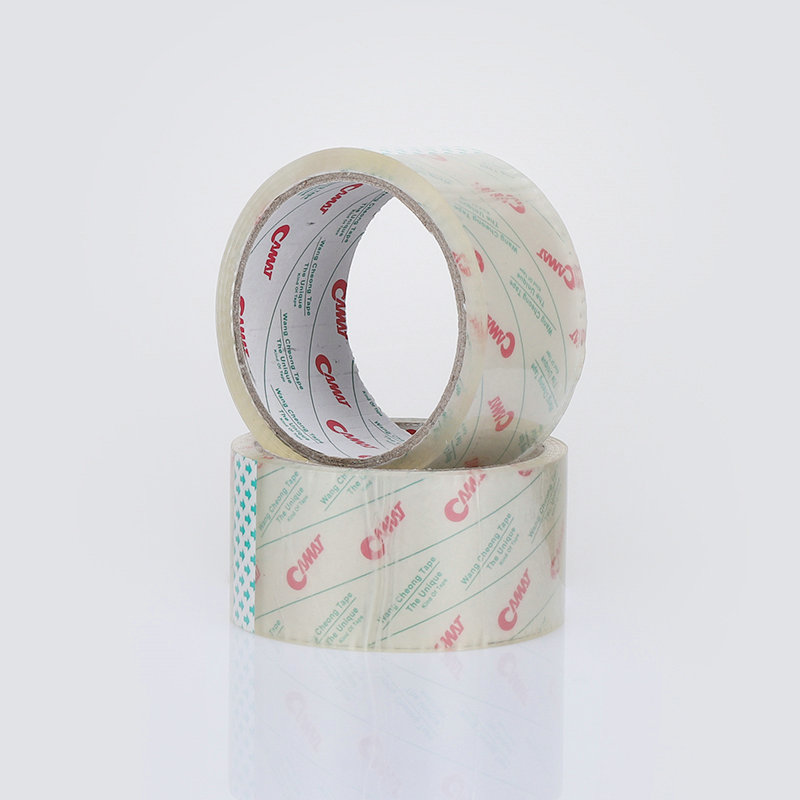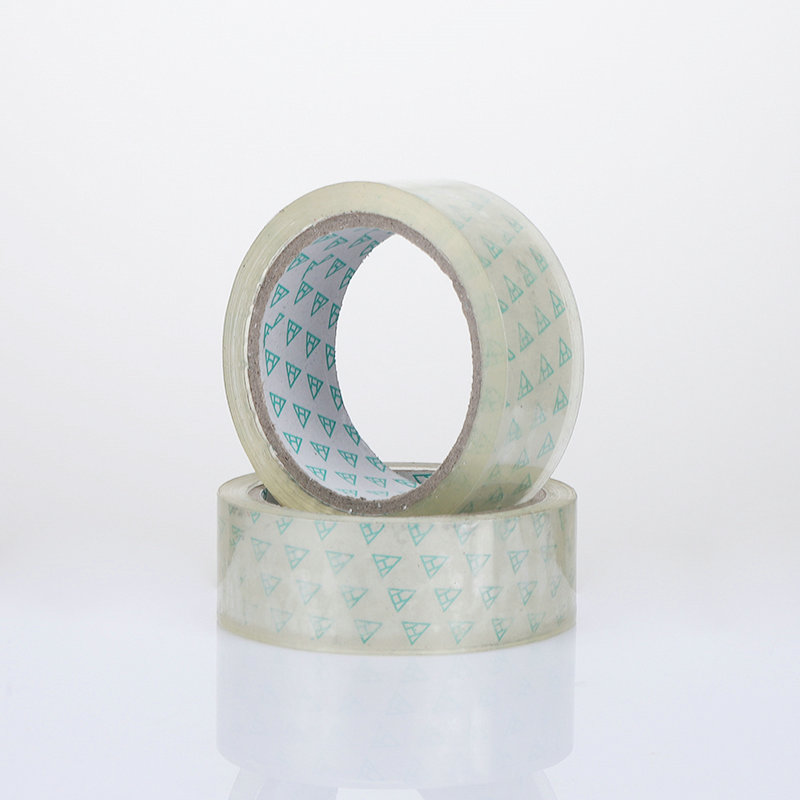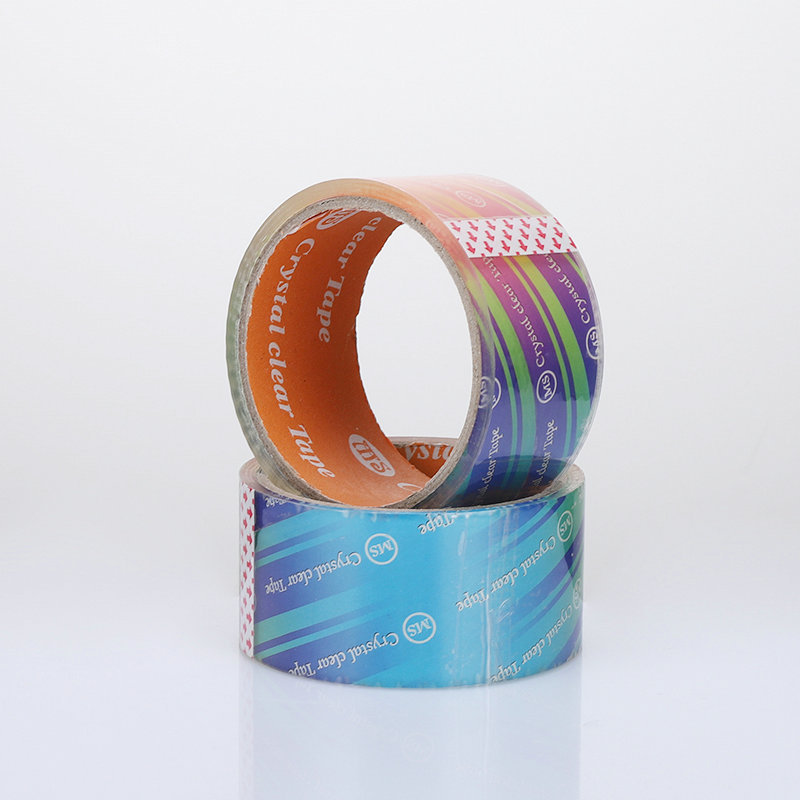specializing in the production of stretch film, adhesive tape, packing tape, etc
Yes, paying attention to the adhesive properties of wrap tape is essential when using it for various applications. The adhesive properties determine how well the tape will stick to surfaces, how it will perform under different conditions, and whether it will leave residue when removed. Here are some key adhesive properties to consider:
1.Adhesion Strength:
The adhesion strength refers to how well the tape sticks to a surface. It can vary from low-tack (easily removable) to high-tack (strongly adhesive). Choose the adhesion strength that is appropriate for your specific application. For example, low-tack tape is suitable for delicate surfaces where you want to avoid damage upon removal, while high-tack tape is ideal for demanding applications.
2.Initial Tack:
Initial tack is the immediate bond strength when the tape is first applied. Some tapes have strong initial tack, which means they adhere quickly upon contact, while others may require more time and pressure to bond effectively. Consider the speed at which you need the tape to adhere when choosing.
3.Long-Term Adhesion:
Consider how well the tape maintains its adhesion over time. For long-term applications, you'll want a tape with good resistance to factors like temperature fluctuations, moisture, and environmental conditions that can affect adhesion.
4.Removability:
Some applications require tape that can be easily removed without leaving residue or damaging the underlying surface. If removability is important, choose tapes with low-tack or removable adhesives.
5.Residue:
Check whether the tape is designed to leave minimal or no residue upon removal. Residue can be undesirable in applications where surfaces need to remain clean or where reapplication is necessary.
6.Temperature Resistance:
Adhesive properties can be affected by temperature. Choose tapes with adhesive properties that are suitable for the temperature range of your application. Some tapes are formulated to maintain their adhesive strength in extreme cold or heat.
7.Chemical Resistance:
If the tape will be exposed to chemicals or solvents, select tapes with adhesive properties that are resistant to those substances. Chemical-resistant adhesives are crucial in such environments.
8.UV Resistance:
Outdoor applications subject the tape to UV radiation from the sun, which can affect adhesive properties. UV-resistant tapes are formulated to withstand these conditions and maintain adhesion.
9.Surface Compatibility:
Ensure that the adhesive is compatible with the surface you are taping. Some adhesives may not bond well to certain materials, so it's essential to choose an adhesive suitable for the surface type.
10.Application Method:
Consider how the tape will be applied. Some tapes may require specific application techniques or tools to ensure optimal adhesion.
11.Curing Time:
For certain applications, the adhesive may require a curing or bonding time to reach its maximum strength. Be aware of any curing time needed before the tape reaches its full adhesive potential.
12.Durability:
Adhesive durability is crucial for applications where the tape needs to withstand wear, stress, or environmental factors. Choose tapes with durable adhesive properties for long-lasting performance.
By carefully evaluating these adhesive properties and matching them to the requirements of your specific application, you can ensure that the wrap tape will adhere effectively and perform as intended. Always refer to the manufacturer's specifications and guidelines for the tape to make an informed choice.

 英语
英语 日语
日语 西班牙语
西班牙语 阿拉伯语
阿拉伯语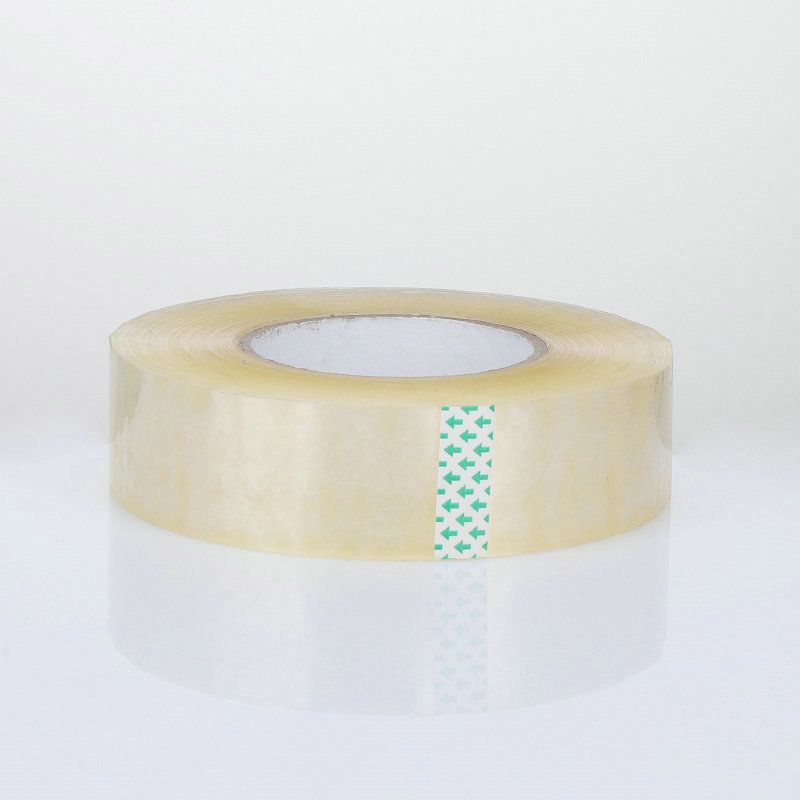
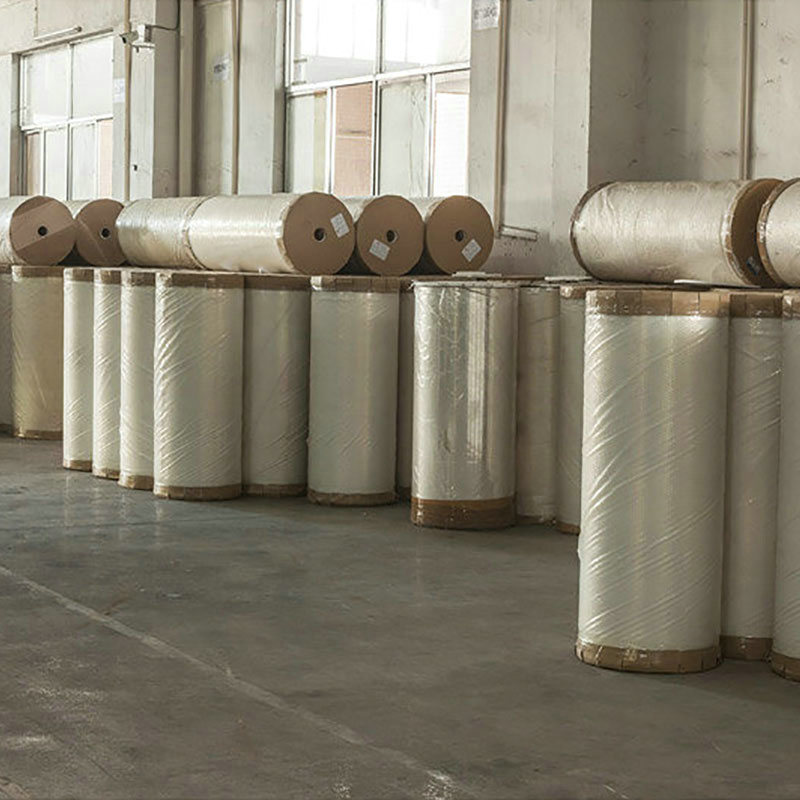
.jpg)
